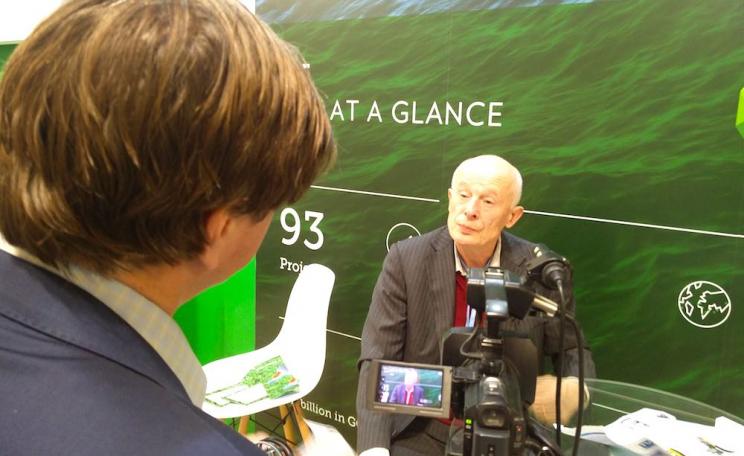There is a real need to take action now in developing and adopting the new technologies to move to a more carbon-efficient or carbon-neutral future as we only have a limited window before reaching these warming targets.
The climate change target of 1.5°C of average global temperature rises will be breached in less than two decades unless immediate action is taken and carbon emissions fall significantly below today's rate, according to leading researchers.
Dr Philip Goodwin from the University of Southampton and Professor Ric Williams from the University of Liverpool have projected that the earth’s global average temperature is likely to rise by 1.5°C within the next 17-18 years, and by 2.0°C in 35-41 years respectively under business as usual. The findings are set out in their latest paper, published in the February issue of Nature Geoscience.
These new projections could be the catalyst the world has sought to determine how best to meet its obligations to reduce carbon emissions and better manage global warming as defined by the Paris Agreement.
New technologies
Dr Goodwin and Professor Williams advise that cumulative carbon emissions needed to remain below 195-205 PgC (from the start of 2017) to deliver a likely chance of meeting the 1.5°C warming target while a 2°C warming target requires emissions to remain below 395-455 PgC.
“Immediate action is required to develop a carbon-neutral or carbon-negative future or, alternatively, prepare adaptation strategies for the effects of a warmer climate,” said Dr Goodwin, Lecturer in Oceanography and Climate at Southampton.
“Our latest research uses a combination of a model and historical data to constrain estimates of how long we have until 1.5°C or 2°C warming occurs. We’ve narrowed the uncertainty in surface warming projections by generating thousands of climate simulations that each closely match observational records for nine key climate metrics, including warming and ocean heat content.”
Professor Williams, chair in Ocean Sciences at Liverpool, added: “This study is important by providing a narrower window of how much carbon we may emit before reaching 1.5°C or 2°C warming.
"There is a real need to take action now in developing and adopting the new technologies to move to a more carbon-efficient or carbon-neutral future as we only have a limited window before reaching these warming targets."
The next generations
This work is particularly timely given the work this year of the Intergovernmental Panel on Climate Change (IPCC) to develop a Special Report on the Impacts of global warming of 1.5oC above pre-industrial levels.
Through their previous research published in December 2014, Dr Goodwin and Professor Williams were able to provide a single equation connecting global warming to the amount of carbon emitted, warning of the detrimental effects of the nearly irreversible nature of carbon emissions for global warming.
This latest research reinforces their previous conclusions that “the more cumulative carbon emissions are allowed to increase, the more global surface warming will also increase. This policy implication reinforces the need to develop carbon capture techniques to limit the warming for the next generations.”
The paper ‘Pathways to 1.5 and 2 °C warming based on observational and geological constraints’ is published in the February 2018 issue of Nature Geoscience.
This Author
Brendan Montague is editor of The Ecologist, and tweets at @EcoMontague. This article is based on a press release from the Universities of Southampton.







